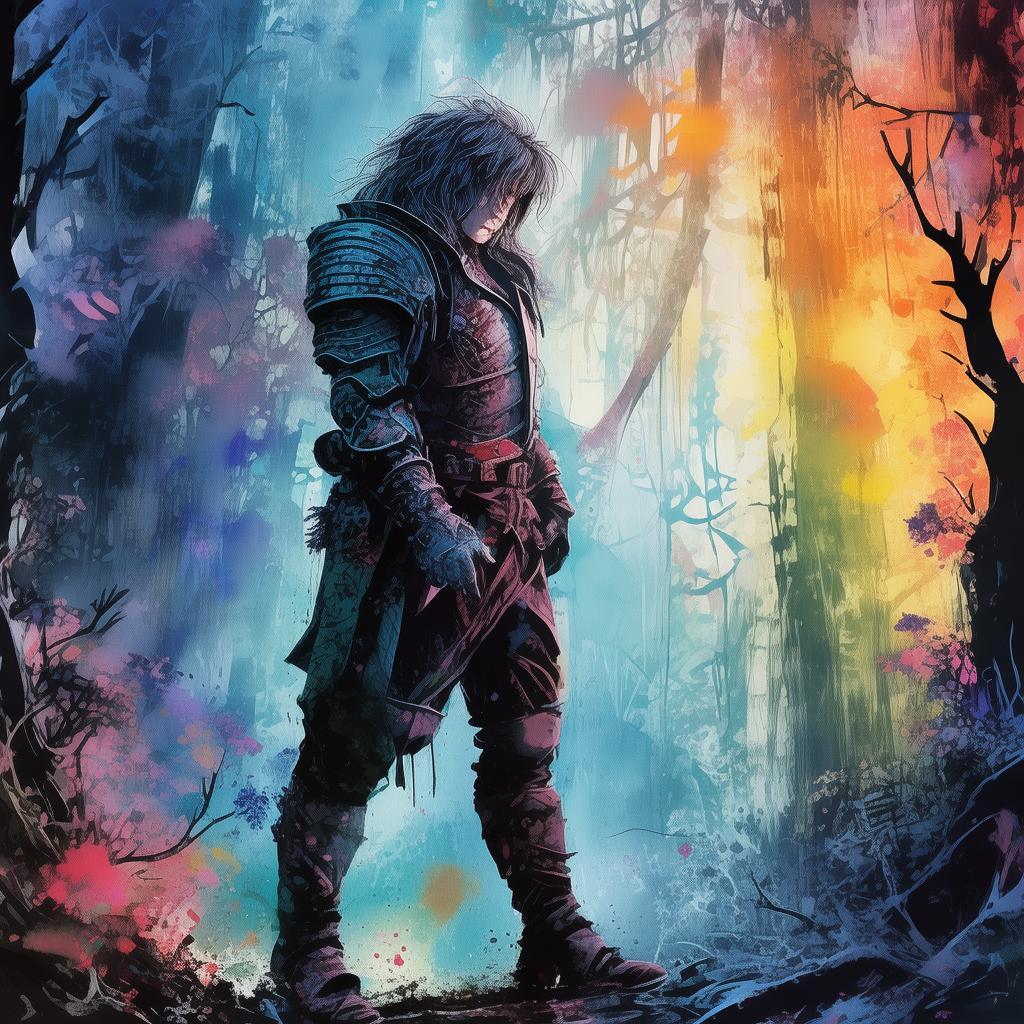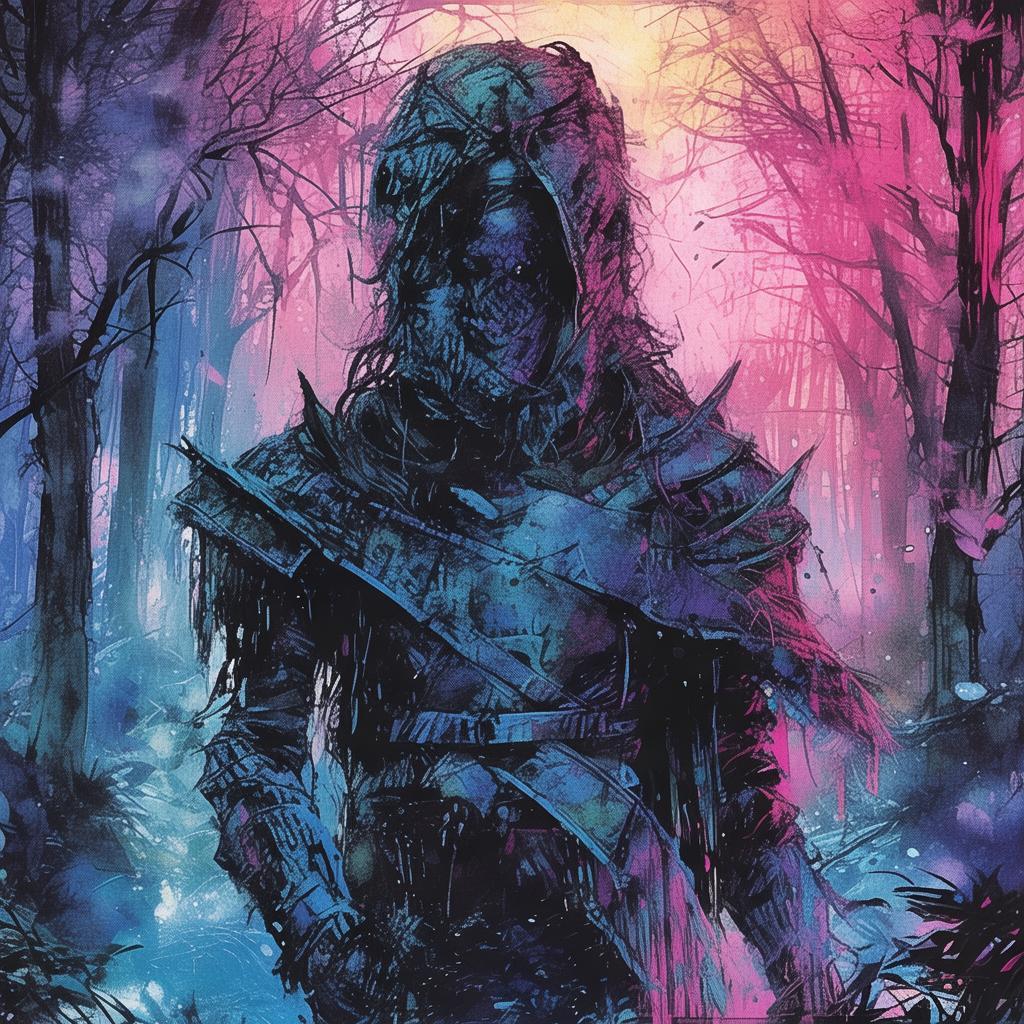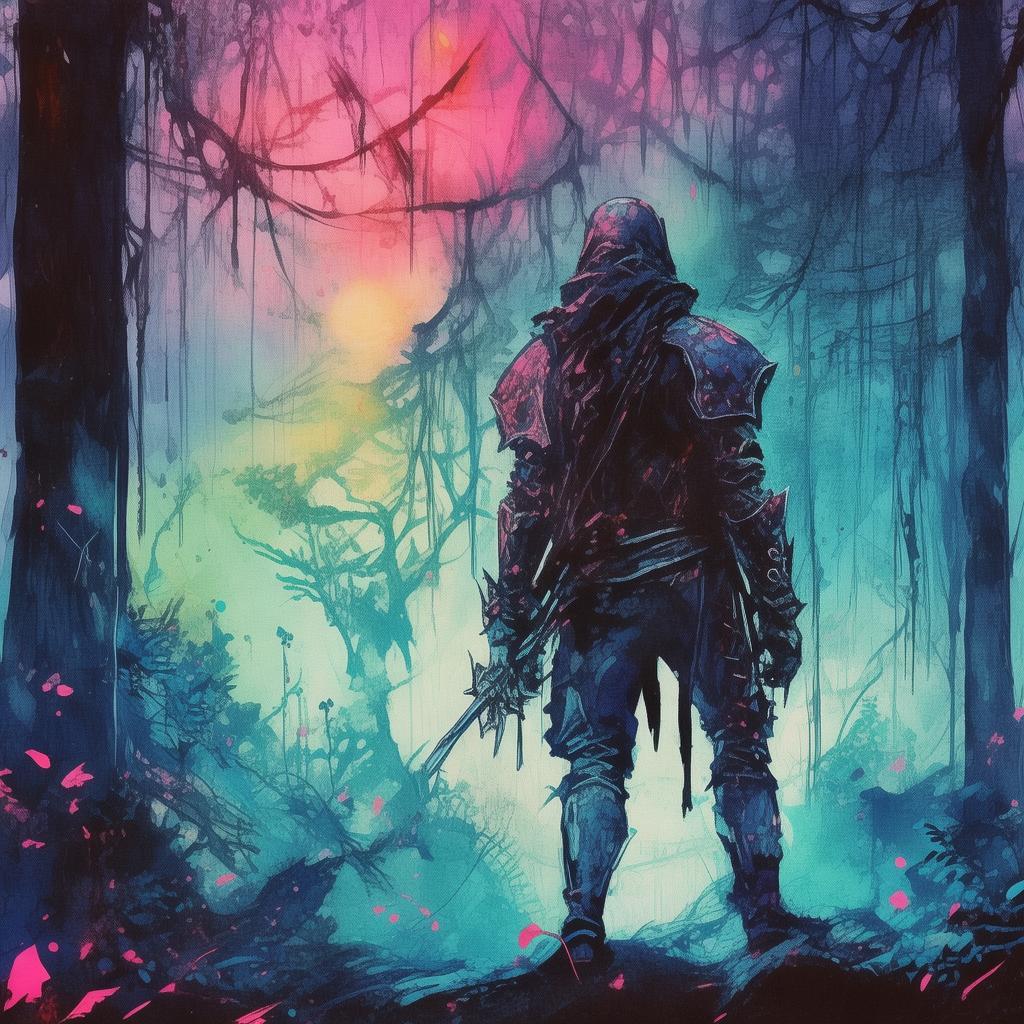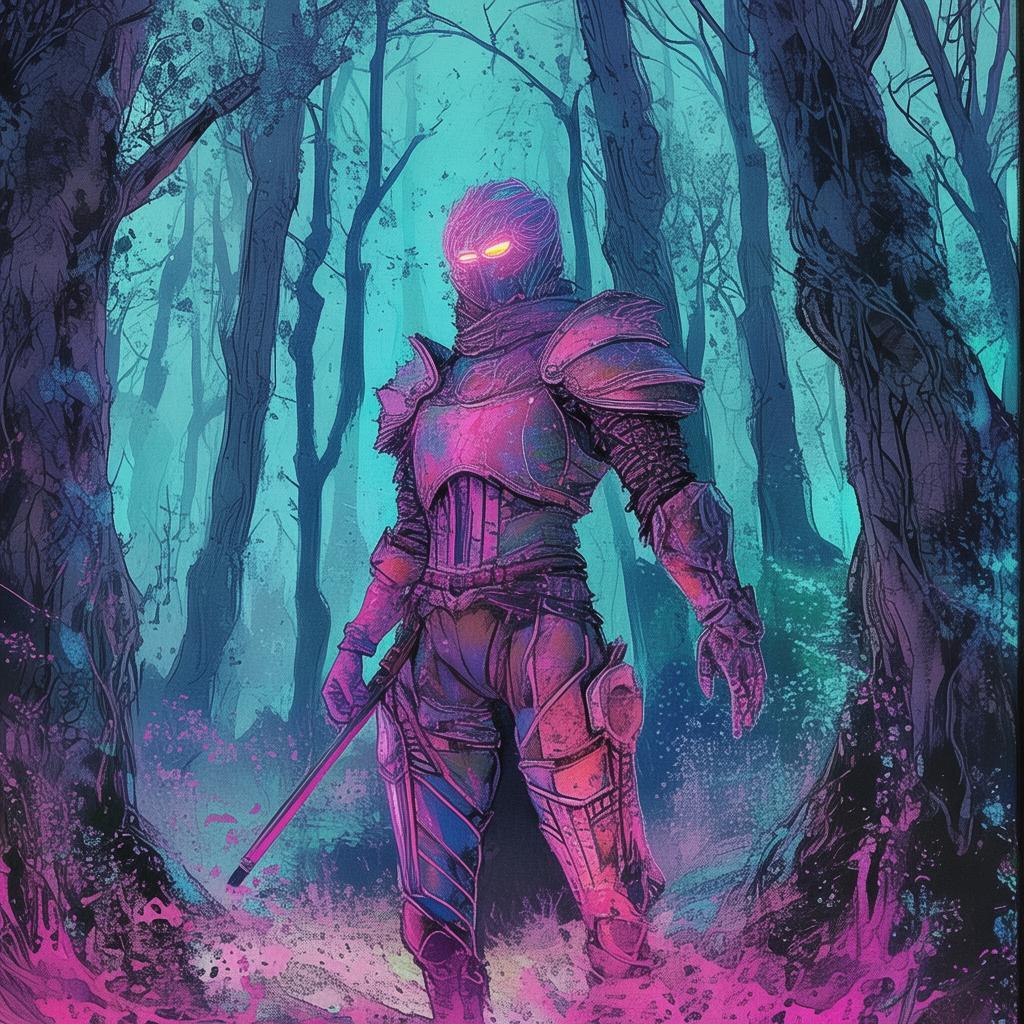The Whispering Lanterns: The Labyrinth of Time
In the heart of Shandong, where the whispers of the past are woven into the fabric of the present, there lay a small village that celebrated the New Year with fervor and tradition. The villagers believed that their prosperity and peace were tied to the ancient lanterns that adorned the streets, each one a testament to the stories of their ancestors. But this year, the lanterns held a secret that would shake the very foundations of their world.
The story began with a young woman named Mei, whose life was as ordinary as the fields she tilled and the lanterns she hung each New Year. However, on the eve of the festival, Mei's life took an unexpected turn when an old man approached her, his eyes alight with a secret that had been lost to time. He spoke of a prophecy, a tale of a labyrinth of time that would open its gates on the night of the New Year's festivities, and within it, the fate of the village lay hidden.
The old man, a keeper of ancient wisdom, revealed that the labyrinth was a creation of the gods, a place where time itself was fluid, and the past, present, and future intertwined. The villagers had been warned by the gods to protect the labyrinth, but a great evil had arisen, seeking to unravel the threads of time for its own dark purposes. The old man entrusted Mei with a lantern, a key to the labyrinth, and a mission to prevent the evil from gaining its power.
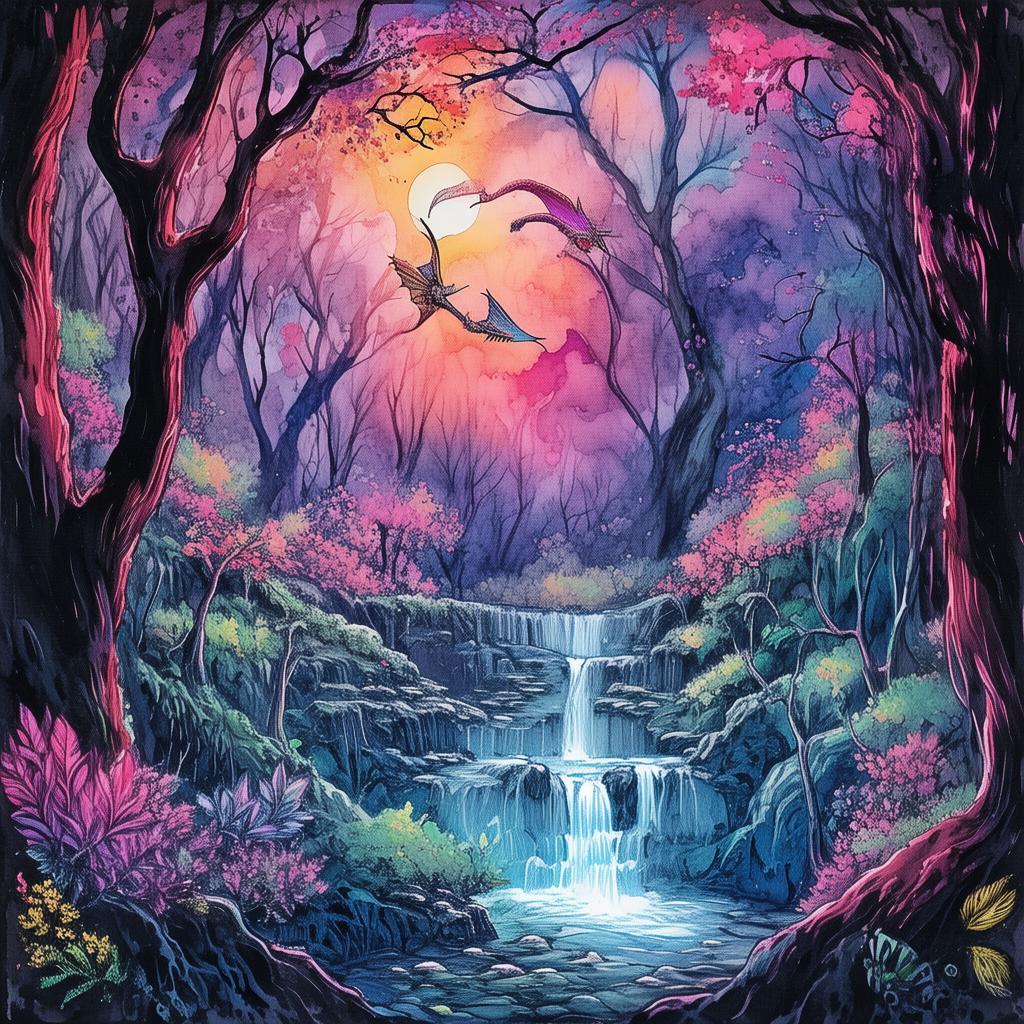
As the New Year's bell tolled, Mei found herself standing at the entrance of the labyrinth, the lantern glowing with an otherworldly light. She stepped inside, and the world around her began to shift, the walls of the labyrinth shimmering with the hues of the ancient lanterns. The labyrinth was a maze of mirrors, each reflecting a different moment in time, and Mei knew that to save her village, she must unravel the enigma of the lanterns.
Mei's journey took her through the lives of her ancestors, witnessing their struggles and triumphs. She saw the first lanterns being crafted, the joy and sorrow of the villagers, and the birth of the prophecy. In each reflection, she discovered clues that led her closer to the heart of the labyrinth. She met a young warrior who had fought the evil in the past, a wise sage who offered her guidance, and a love story that transcended time.
As Mei delved deeper into the labyrinth, she realized that the evil sought not just to unravel time but to rewrite history, erasing the very essence of the village and its people. The labyrinth became a battle ground, where Mei's resolve was tested, and her heart was torn between the past and the future.
In the climax of her journey, Mei faced the essence of the evil, a being that had been trapped in the labyrinth for centuries, waiting for the moment to break free. The battle was fierce, and Mei's lantern, the key to the labyrinth, was the only thing that could defeat the evil. With the help of the spirits of her ancestors and the wisdom of the sage, Mei managed to seal the evil back into the labyrinth, but not without a great sacrifice.
The labyrinth began to collapse around her, and Mei knew she had to make a choice. She could return to her own time, leaving the village to its fate, or she could stay and fight the labyrinth's collapse, risking her life to save the village. In a moment of profound clarity, Mei chose to stay, sacrificing her own future for the survival of her people.
As the labyrinth crumbled, Mei's lantern shone brighter than ever, illuminating the path to the exit. She stepped out into the village, the New Year's festivities in full swing, and the villagers, unaware of the danger they had faced, celebrated with joy. Mei placed the lantern in the center of the village, and as the light from the lantern spread, the villagers felt a sense of peace and prosperity that they had never known before.
The legend of Mei and the labyrinth of time became a part of the village's folklore, a reminder of the strength and sacrifice of one woman who had saved them all. The ancient lanterns continued to be lit each New Year, a symbol of hope and the enduring power of love and courage. And so, the village of Shandong thrived, its people living in harmony with the whispers of the past, forever grateful to the young woman who had become the guardian of time itself.
✨ Original Statement ✨
All articles published on this website (including but not limited to text, images, videos, and other content) are original or authorized for reposting and are protected by relevant laws. Without the explicit written permission of this website, no individual or organization may copy, modify, repost, or use the content for commercial purposes.
If you need to quote or cooperate, please contact this site for authorization. We reserve the right to pursue legal responsibility for any unauthorized use.
Hereby declared.
